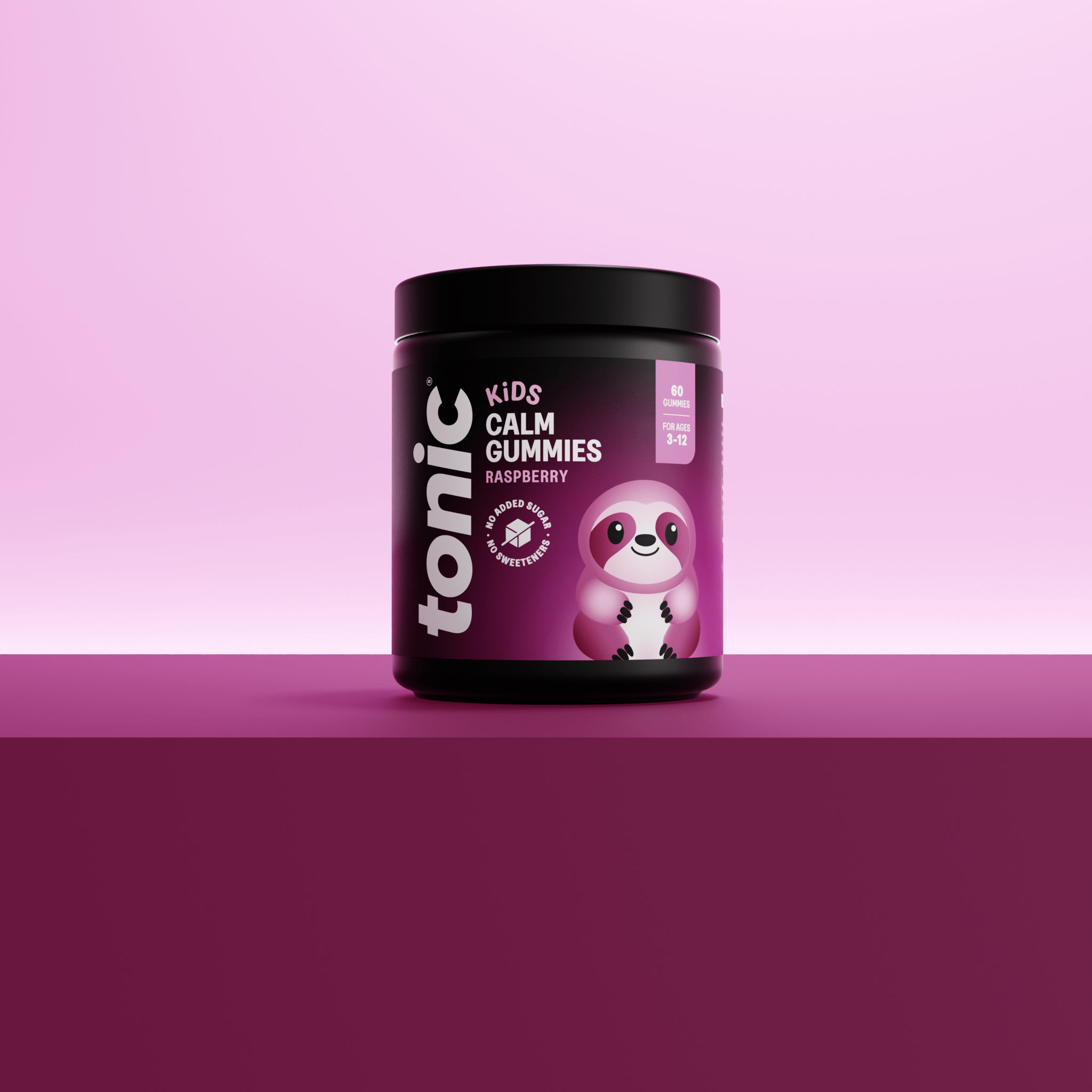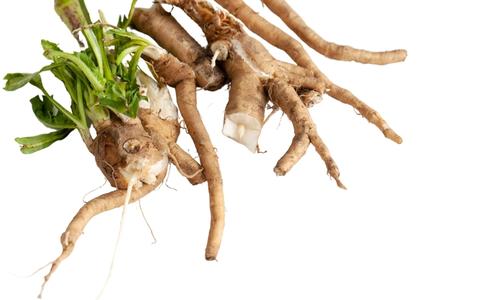This is being written a couple of days from Halloween, which is peak "sugar crash" season. Most of us have been through a sugar crash. A few moments of eating delicious sugary treats, followed swiftly by a most unwelcome feeling of nausea, crankiness, sleepiness and a giant headache.
What is a sugar crash?
A sugar crash- fancy science name: Hypoglycemia- is when your body’s blood glucose level drops below 70 milligrams per decilitre (mg/dL). It’s normal for your blood sugar levels to vary throughout the day, which is why you may feel like you have more energy at some times of the day than others.
But why do we experience a sugar crash after eating a ton of sugar? And what can you do to get your child back to normal when they are having one?
Why do kids get a sugar crash?
There’s different kinds of sugar crashes, but the one that we typically link to the dreaded sugar rush is known as reactive hypoglycemia and usually happens about 4 hours after eating. It’s not actually known for sure what causes this kind of sugar crash, but most experts believe it’s linked to the kind of foods you’ve eaten and the time it takes to digest these foods.
A sugar crash happens when there’s too little sugar- or glucose- in the blood. Glucose is our body’s main source of energy, and we regulate this fuel source using a hormone made by the pancreas, called insulin.
Insulin also helps take the glucose to the muscles and cells in our body. When we eat a lot of sugar, our body starts making more insulin to deal with it, which makes our body rapidly absorb the sugar, either by storing it in our cells or releasing it as energy.
The Cycle of Sugar Rush/Sugar Crush
- You eat a little too much sugar without a supporting cast of fiber, carbs, vitamins, minerals etc.
- Once it hits your digestive system your gut senses something is up. It reacts to the overload of sugar by getting the pancreas to ramp up insulin production.
- The Sugar Rush: sugar is a lot of energy in a small package. You know have more energy than you know what to do with.
- But uh-oh, the pancreas is still working overtime producing insulin, and it does it’s job too well. There’s no sugar in the blood left to process!
- Now you're running on fumes. Trying to work at 110% with only 10% available. Your body starts releasing adrenaline to keep you going.
- The Sugar Crash: the crankiness sets in. Your body is recovering its homeostasis (normal levels) of energy and get you back on normal footing.
But don’t worry. The bad times won’t last forever.
How to fix a sugar crash
First off. Don’t panic. You’ll more than likely be right as rain after a healthy snack and maybe even a quick nap.
But beyond that, the usual symptoms of lightheadedness, crankiness, tiredness, hunger etc can be quickly eased with15g of fast absorbing carbohydrates. Some common options include:
- A tablespoon of honey
- A hard candy or a few jellybeans
- Dried fruit
A quick snack like that should help the short term symptoms, but if they’re still causing trouble after 15 minutes, give them another 15g serving. This is known as the 15-15 rule. (15g of carbs every 15 minutes).
Avoid things that are rich in both carbs & fats (like chocolate) because they can slow the absorption of glucose in the body, so won’t help when your body needs to do just that.
Everything in moderation
We're big fans of special treats and treating yourself. Eating too much of anything often leads to a period of readjustment but if its every once in a while then sometimes you've just got to ride the wave.







Leave a comment
All comments are moderated before being published.
This site is protected by hCaptcha and the hCaptcha Privacy Policy and Terms of Service apply.